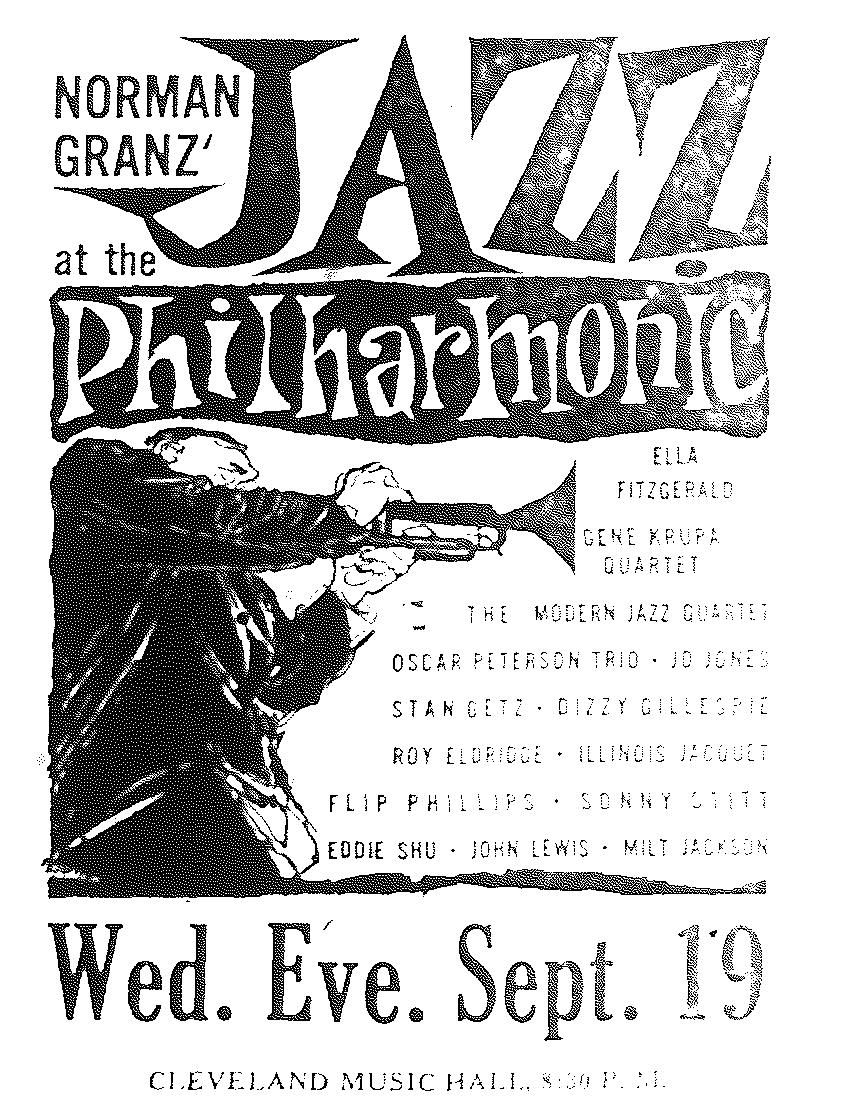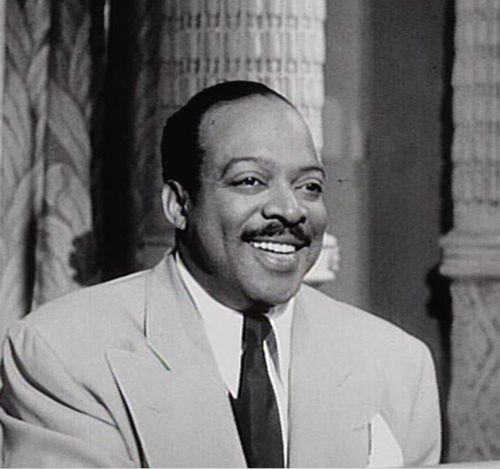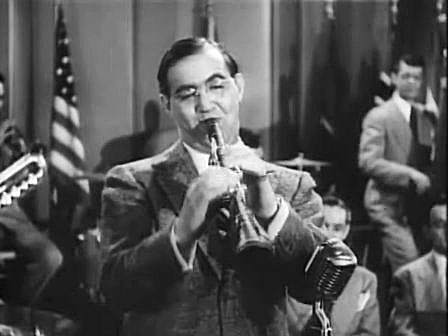|
Oh, Lady Be Good!
"Oh, Lady Be Good!" is a 1924 song by George and Ira Gershwin. It was introduced by Walter Catlett in the Broadway musical '' Lady, Be Good!'' written by Guy Bolton, Fred Thompson, and the Gershwin brothers and starring Fred and Adele Astaire. The song was also performed by the chorus in the film '' Lady Be Good'' (1941), although the film is unrelated to the musical. Recordings in 1925 were by Paul Whiteman, Carl Fenton, and Cliff Edwards. A 1947 recording of the song became a hit for Ella Fitzgerald, notable for her scat solo. For her album ''Ella Fitzgerald Sings the George and Ira Gershwin Songbook'' (1959), it was sung as a ballad arranged by Nelson Riddle. Recorded versions * Carl Fenton and His Orchestra – recorded on December 11, 1924 (Brunswick) * Paul Whiteman and His Orchestra – rec. December 29, 1924 (Victor) * Cliff "Ukulele Ike" Edwards – rec. January 2, 1925 * Jack Hylton and his Orchestra – rec. March 29, 1926 * Buddy Lee with the Gilt–Edged Fou ... [...More Info...] [...Related Items...] OR: [Wikipedia] [Google] [Baidu] |
George Gershwin
George Gershwin (; born Jacob Gershwine; September 26, 1898 – July 11, 1937) was an American composer and pianist whose compositions spanned jazz, popular music, popular and classical music. Among his best-known works are the songs "Swanee (song), Swanee" (1919) and "Fascinating Rhythm" (1924), the orchestral compositions ''Rhapsody in Blue'' (1924) and ''An American in Paris'' (1928), the jazz standards "Embraceable You" (1928) and "I Got Rhythm" (1930) and the opera ''Porgy and Bess'' (1935), which included the hit "Summertime (George Gershwin song), Summertime". His ''Of Thee I Sing'' (1931) was the first musical theater, musical to win the Pulitzer Prize for Drama. Gershwin studied piano under Charles Hambitzer and composition with Rubin Goldmark, Henry Cowell, and Joseph Brody. He began his career as a song plugger but soon started composing Broadway theater works with his brother Ira Gershwin and with Buddy DeSylva. He moved to Paris, intending to study with Nadia ... [...More Info...] [...Related Items...] OR: [Wikipedia] [Google] [Baidu] |
Buddy Lee
Buddy Lee was an advertising mascot for Lee Jeans. The doll, a promotional item for the company from 1920 to 1962, was brought back as the star of television advertising for the company's Lee Dungarees line from 1998 until the mid-2000s. Early years Sales manager Chester Reynolds, later Lee's board president, came up with the idea of using a doll to "model" miniature versions of the company's clothes for store displays. The 12½-inch composition dolls first appeared in the windows of Dayton's flagship store on Nicollet Mall in Minneapolis, then were used at stores nationwide. Lee encouraged stores to sell the dolls after the displays were taken down, and later provided the dolls for retail sale, including versions dressed as a cowboy, Coca-Cola deliveryman, railroad worker and gas station attendant. Starting in 1949, Buddy Lee was produced as a 13-inch hard plastic doll. Although female versions of the so-called Betty Lee doll surface from time to time, there was no official ... [...More Info...] [...Related Items...] OR: [Wikipedia] [Google] [Baidu] |
Honi Gordon
Honi Gordon (sometimes Honey Gordon) was a jazz vocalist. Career Honi Gordon sang as a member of the Gordons (with her father and two brothers) in the early 1950s.Henderson, Ale"Honi Gordon" AllMusic. Retrieved June 4, 2017. Her first recordings, in 1953, were with them and Hank Jones (piano), Charles Mingus (bass), and Max Roach (drums).Fitzgerald, Michael (September 24, 2011"Honi Gordon Issue Index" jazzdiscography.com. They were released on Debut Records' ''Autobiography in Jazz''. The Gordons also appeared on recordings led by Lionel Hampton in 1956, and on the album '' Dizzy Gillespie and Stuff Smith'' in 1957. Gordon herself sang on a few tracks led by Eddie Jefferson in 1959. In 1962 she recorded, as a leader, the album '' Honi Gordon Sings'', for Prestige Records. This included well-known jazz musicians – Makanda Ken McIntyre (alto sax, flute), Wally Richardson (guitar), Jaki Byard (piano), George Duvivier (bass), and Ed Shaughnessy (drums). This was her only album as l ... [...More Info...] [...Related Items...] OR: [Wikipedia] [Google] [Baidu] |
The Astaire Story
''The Astaire Story'' is a 1952 album by Fred Astaire. The album was conceived of and produced by Norman Granz, the founder of Clef Records (and later Verve Records), who was also responsible for the Jazz at the Philharmonic concerts, at which all of the musicians on the album had performed. Content and reception The album's song selection provides an overview of Astaire's singing career although Astaire also demonstrates his tap dancing on three tracks and there is one informal instrumental Jam session. Some later LP and CD re-issues add two versions of Oscar Peterson's instrumental "The Astaire Blues." Oscar Peterson spoke warmly of the sessions that produced ''The Astaire Story'' in his autobiography, noting that vocally, Astaire was naturally attuned to jazz phrasing, and that Astaire enjoyed playing the drums at home. Astaire gave each of the musicians on the album a gold identification bracelet, inscribed "With thanks, Fred A". Ray Brown lost his bracelet, Alvin Stol ... [...More Info...] [...Related Items...] OR: [Wikipedia] [Google] [Baidu] |
Jazz At The Philharmonic
Jazz at the Philharmonic, or JATP (1944–1983), was the title of a series of jazz concerts, tours and recordings produced by Norman Granz. Over the years, "Jazz at the Philharmonic" featured many of the era's preeminent musicians, including Louie Bellson, Ray Brown, Benny Carter, Nat King Cole, Sonny Criss, Buddy DeFranco, Harry "Sweets" Edison, Roy Eldridge, Herb Ellis, Ella Fitzgerald, Stan Getz, Dizzy Gillespie, Lionel Hampton, Bill Harris, Coleman Hawkins, J. C. Heard, Billie Holiday, Helen Humes, the Modern Jazz Quartet, Illinois Jacquet, J. J. Johnson, Hank Jones, Jo Jones, Barney Kessel, Kenny Kersey, Gene Krupa, Lou Levy, Meade Lux Lewis, Shelly Manne, Fats Navarro, Charlie Parker, Oscar Peterson, Flip Phillips, Buddy Rich, Charlie Shavers, Willie Smith, Sonny Stitt, Slim Gaillard, Clark Terry, Tommy Turk, T-Bone Walker, Ben Webster, Lee Young, Lester Young, and Trummy Young. Concerts and tours The very first concert was held on Sunday, July 2, 1944, ... [...More Info...] [...Related Items...] OR: [Wikipedia] [Google] [Baidu] |
Charlie Parker
Charles Parker Jr. (August 29, 1920 – March 12, 1955), nicknamed "Bird" or "Yardbird", was an American jazz Saxophone, saxophonist, bandleader, and composer. Parker was a highly influential soloist and leading figure in the development of bebop, a form of jazz characterized by fast tempos, Virtuoso, virtuosic technique, and advanced harmonies. He was a virtuoso and introduced revolutionary rhythmic and harmonic ideas into jazz, including rapid Passing chord, passing chords, new variants of Altered chord, altered chords, and Chord substitution, chord substitutions. Parker was primarily a player of the alto saxophone. Parker was an icon for the hipster (1940s subculture), hipster subculture and later the Beat Generation, personifying the jazz musician as an uncompromising artist and intellectual rather than just an entertainer. Early life Charles Parker Jr. was born in Kansas City, Kansas, to Charles Parker Sr. and Adelaide "Addie" Bailey, who was of mixed Choctaw and African-A ... [...More Info...] [...Related Items...] OR: [Wikipedia] [Google] [Baidu] |
Artie Shaw
Artie Shaw (born Arthur Jacob Arshawsky; May 23, 1910 – December 30, 2004) was an American clarinetist, composer, bandleader, actor and author of both fiction and non-fiction. Widely regarded as "one of jazz's finest clarinetists", Shaw led one of the United States' most popular big bands in the late 1930s through the early 1940s. Though he had numerous hit records, he was perhaps best known for his 1938 recording of Cole Porter's "Begin the Beguine". Before the release of "Beguine", Shaw and his fledgling band had languished in relative obscurity for over two years and, after its release, he became a major pop artist in short order. The record eventually became one of the era's defining recordings. Musically restless, Shaw was also an early proponent of what became known much later as Third Stream music, which blended elements of classical and jazz forms and traditions. His music influenced other musicians, such as Monty Norman in England, whose "James Bond Theme" features a ... [...More Info...] [...Related Items...] OR: [Wikipedia] [Google] [Baidu] |
Slim & Slam
Slim & Slam was a musical partnership in the late 1930s and early 1940s consisting of Bulee "Slim" Gaillard (vocals, guitar, vibes and piano) and Leroy Elliott "Slam" Stewart (bass and vocals). They produced novelty jazz numbers featuring Slim's distinctive vocal style with vocalese and scats, hipster argot and nonce words. Sam Allen played piano and Pompey "Gus" Dobson played drums on most of their early recordings. Their biggest hit was " Flat Foot Floogie (with a Floy Floy)". Other musicians who recorded with Slim & Slam included Charlie Parker, Ben Webster, Jimmy Rowles, Kenny Clarke, Al Killian, Chico Hamilton, Leo Watson and Garvin Bushel. The song " Tutti Frutti" by Little Richard Richard Wayne Penniman (December 5, 1932 – May 9, 2020), known professionally as Little Richard, was an American singer, pianist, and songwriter. He was an influential figure in popular music and culture for seven decades. Described as the "Ar ... is loosely based on Slim & Slam's 19 ... [...More Info...] [...Related Items...] OR: [Wikipedia] [Google] [Baidu] |
Count Basie
William James "Count" Basie (; August 21, 1904 – April 26, 1984) was an American jazz pianist, organist, bandleader, and composer. In 1935, he formed the Count Basie Orchestra, and in 1936 took them to Chicago for a long engagement and their first recording. He led the group for almost 50 years, creating innovations like the use of two "split" tenor saxophones, emphasizing the rhythm section, riffing with a big band, using arrangers to broaden their sound, his minimalist piano style, and others. Many musicians came to prominence under his direction, including the tenor saxophonists Lester Young and Herschel Evans, the guitarist Freddie Green, trumpeters Buck Clayton and Harry "Sweets" Edison, plunger trombonist Al Grey, and singers Jimmy Rushing, Helen Humes, Dennis Rowland, Thelma Carpenter, and Joe Williams (jazz singer), Joe Williams. As a composer, Basie is known for writing such jazz standards as "Blue and Sentimental", "Jumpin' at the Woodside" and "One O'Clock Jump" ... [...More Info...] [...Related Items...] OR: [Wikipedia] [Google] [Baidu] |
Lester Young
Lester Willis Young (August 27, 1909 – March 15, 1959), nicknamed "Pres" or "Prez", was an American jazz tenor saxophonist and occasional clarinetist. Coming to prominence while a member of Count Basie's orchestra, Young was one of the most influential players on his instrument. In contrast to many of his hard-driving peers, Young played with a relaxed, cool tone and used sophisticated harmonies, using what one critic called "a free-floating style, wheeling and diving like a gull, banking with low, funky riffs that pleased dancers and listeners alike". Known for his hip, introverted style, he invented or popularized much of the hipster jargon which came to be associated with the music. Early life and career Lester Young was born in Woodville, Mississippi, on August 27, 1909, to Lizetta Young (née Johnson), and Willis Handy Young, originally from Louisiana. Lester had two siblings – a brother, Leonidas Raymond, known as Lee Young, who became a drummer, and a sister, Irm ... [...More Info...] [...Related Items...] OR: [Wikipedia] [Google] [Baidu] |
China Boy
"China Boy" is a 1922 popular song written by Phil Boutelje and Dick Winfree. Background The song was introduced in vaudeville by Henry E. Murtagh, and popularized by Paul Whiteman's 1929 Columbia recording featuring Bix Beiderbecke. It has become a jazz standard and has been recorded by artists including Louis Armstrong, Mildred Bailey, Sidney Bechet, Gene Kardos, Benny Goodman, Lionel Hampton, Isham Jones, Red Nichols, Charlie Parker, Oscar Peterson, Django Reinhardt and Fats Waller.China Boy at ''jazzstandards.com'' - retrieved on 7 May 2009 Movie appearances The song has appeared in numerous films, both credited and uncredited, from 1929 to 1998, including '' Hold That Kiss'' (1938), ''[...More Info...] [...Related Items...] OR: [Wikipedia] [Google] [Baidu] |
Benny Goodman
Benjamin David Goodman (May 30, 1909 – June 13, 1986) was an American clarinetist and bandleader, known as the "King of Swing". His orchestra did well commercially. From 1936 until the mid-1940s, Goodman led one of the most popular swing big bands in the United States. His concert at Carnegie Hall in New York City on January 16, 1938, is described by critic Bruce Eder as "the single most important jazz or popular music concert in history: jazz's 'coming out' party to the world of 'respectable' music." Goodman's bands started the careers of many jazz musicians. During an era of racial segregation, he led one of the first integrated jazz groups, his trio and quartet. He continued performing until the end of his life while pursuing an interest in classical music. Early years Goodman was the ninth of twelve children born to poor Jewish emigrants from the Russian Empire. His father, David Goodman, came to the United States in 1892 from Warsaw in partitioned Poland and becam ... [...More Info...] [...Related Items...] OR: [Wikipedia] [Google] [Baidu] |




